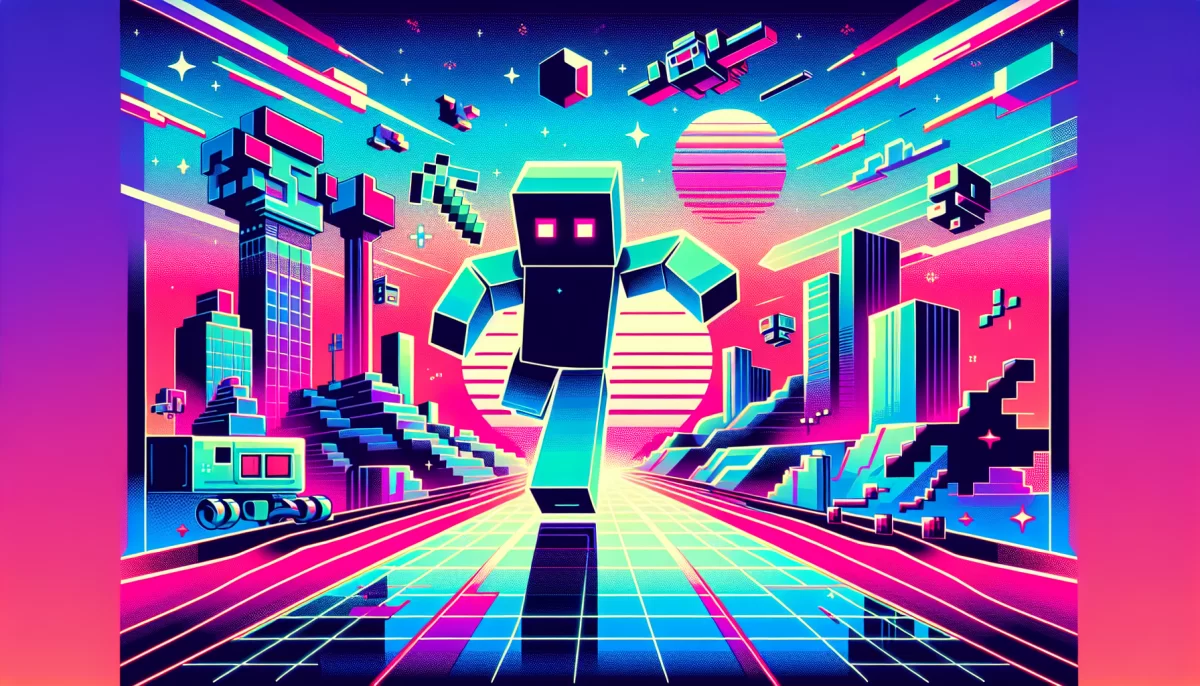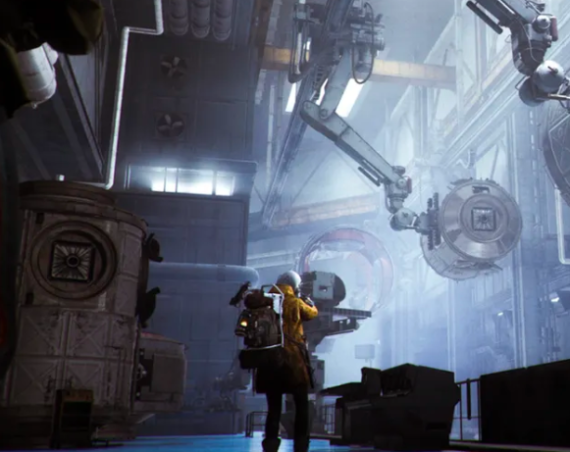
Minecraft Legend Sammyuri Unveils Epic Redstone AI Chatbot “CraftGPT” Built Within Minecraft
In an astonishing blend of creativity and technical prowess, renowned Minecraft player and creator Sammyuri has revealed his latest masterpiece: CraftGPT, a functional artificial intelligence chatbot built entirely using Minecraft’s redstone mechanics. This massive build occupies a staggering volume exceeding 400 million blocks, pushing the boundaries of what is achievable within the game.
Introduction to CraftGPT: Minecraft’s In-Game AI Marvel
Sammyuri, famed for previously recreating Minecraft inside Minecraft itself, has now developed a new feat — an AI chatbot inspired by OpenAI’s ChatGPT, fully constructed using redstone circuits. Made public through a video released on September 28, 2025, it showcases the scale and complexity behind this ambitious project.
While reclusive over the past three years, Sammyuri returned to the spotlight revealing that this project was the result of several dedicated months of building and planning, not a continuous three-year development. The system is a small language model, trained on basic English conversation datasets, and represents a pioneering intersection of gaming and artificial intelligence.
The Technical Mastery Behind CraftGPT
The redstone-powered AI spans a colossal frame of approximately 1020 x 260 x 1656 blocks, which translates to roughly 439 million blocks in volume. Although much of this space contains air blocks, the scale alone reflects the incredible engineering required to create logical AI components inside Minecraft.
- Tokenizer Module: Converts input text into analyzable sequences.
- Token Embedding Arrays: Processes input data for comprehension.
- Matrix Multipliers: Perform intensive computational operations.
- KV Cache: Stores intermediary calculations to optimize performance.
- Token Output Module: Generates textual responses.
Collectively, these systems simulate over 6 million bytes of memory and handle over 5 million parameters. Sammyuri trained this model in Python using the TinyChat dataset, which is a relatively limited corpus focused on fundamental conversational English. This places CraftGPT in the category of small language models, distinct from today’s widely known large language models (LLMs) that process vast datasets for diverse applications.
Performance and Capabilities
Operating at approximately 40,000 times the standard Minecraft tick speed via the Minecraft High Performance Redstone Server (MCHPRS), the AI generates responses in roughly two hours. While ChatGPT itself typically responds in seconds, this duration is remarkable considering the constraints of Minecraft’s redstone mechanics.
Demonstrations show the AI engaging in simple conversations and answering questions such as “How are you today?” with responses like “I am feeling quite happy today, thank you for asking.” When asked about the color of the sky, the AI replies with a charmingly philosophical “The sky is bright blue, and the sky looks very beautiful,” blurring the line between the Minecraft world and reality.
Sammyuri admits CraftGPT sometimes outputs grammatically incorrect responses or veers off-topic due to its small context window of just 64 tokens, reflecting limitations typical of compact AI models. Nevertheless, its ability to interact within the Minecraft universe opens exciting possibilities for redstone engineering and game-based AI research.
Significance and Broader Implications
Minecraft’s redstone system, introduced many years ago as a simple mechanism to power doors and traps, has evolved into a sophisticated platform that now serves as a gateway for understanding digital logic, programming, and computational theory. Projects like CraftGPT exemplify this evolution by pushing redstone beyond entertainment towards functional digital computation embedded within a game.
According to recent studies, the adoption of gaming platforms for educational and experimental AI builds is increasing. CraftGPT stands as one of the most innovative applications of this trend, demonstrating how virtual environments can simulate complex computational operations in ways that inspire both gamers and computer scientists.
Technical Challenges and Community Impact
- Resource Intensity: Running CraftGPT requires servers with high RAM capacities, ideally 64GB or more, which limits broader accessibility but highlights the model’s scale.
- Community Reception: Minecraft enthusiasts and redstone engineers have praised the project as the most advanced redstone creation to date, generating significant interest in the capabilities of in-game AI.
- Educational Value: By navigating the technical complexities of redstone AI, players gain insights into machine learning principles, logic design, and computational architecture.
Conclusion
Sammyuri’s CraftGPT showcases not only the boundless creativity of the Minecraft community but also the potential of virtual worlds as arenas for groundbreaking digital innovation. With its massive scale and functional AI, CraftGPT pushes the envelope for what’s possible within sandbox games, inspiring a new generation of players and developers to explore computational creativity within gaming environments.
As artificial intelligence continues to evolve, the intersection of game design and AI research presents exciting pathways for education, entertainment, and technology. CraftGPT exemplifies this synergy, marking a milestone in Minecraft’s ongoing legacy as a platform for both play and innovation.
Primary Keywords:
- CraftGPT
- Minecraft AI chatbot
- redstone AI
Secondary Keywords:
- Minecraft redstone programming
- in-game AI
- small language model


